

In a digital age where privacy is often elusive, the $1.375 billion settlement from Google over privacy violations marked a potential turning point. A lawsuit led by Texas Attorney General Ken Paxton accused the tech behemoth of illicitly tracking user locations even when services were disabled,
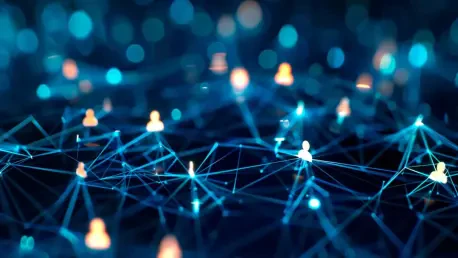
Bell Canada, a prominent figure in the communications industry, has embarked on a significant endeavor to revolutionize its managed SD-WAN-as-a-Service offering through a strategic collaboration with Fortinet. This partnership, tailored to meet the evolving needs of medium to large Canadian
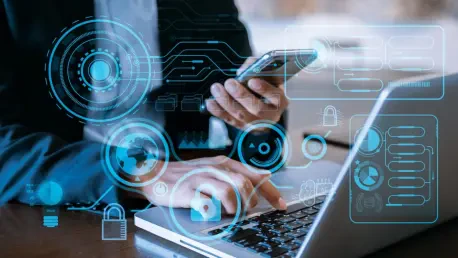
Matilda Bailey, a renowned networking specialist, brings her expertise to the forefront in an engaging discussion about how nonprofits can bridge the gap in cybersecurity. Her work emphasizes the importance of adapting cellular, wireless, and next-gen solutions to meet the unique needs of

Ox Security, an Israeli startup specializing in application security, has successfully secured a $60 million Series B funding round. Leading the investment was Deutsche Telekom's venture arm DTCP, with significant contributions from IBM Ventures, Microsoft, Swisscom Ventures, and Evolution Equity

Managed Service Providers (MSPs) have demonstrated remarkable resilience and growth amid persistent global economic uncertainties. Despite challenges, the MSP market exhibits a robust 16.5% organic growth rate, highlighting the sector's adaptability and strategic planning. This growth rate stands
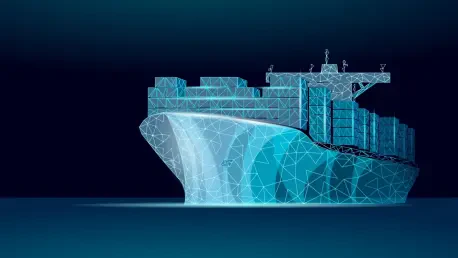
Maersk's innovative OneWireless initiative is poised to bring a paradigm shift to maritime logistics with the implementation of a sophisticated LTE connectivity platform throughout its fleet. By championing this monumental leap in connectivity, Maersk aims to turbocharge cargo tracking and
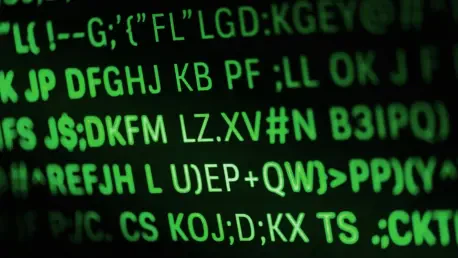
Security researchers have raised concerns about easyjson, an open-source software tool utilized by numerous US government bodies and American companies. The tool's connection to Russia’s VK, whose CEO Vladimir Kiriyenko is under sanctions for aligning with Kremlin interests, has intensified these

Amidst the ever-evolving digital landscape where connectivity and rapid data transfer are paramount, a groundbreaking discovery marks a significant advancement in wireless technology. This advancement is centered around a cutting-edge metasurface-based filtering system pioneered by a team led by

In a bold leap forward for U.S. digital infrastructure, T-Mobile has rolled out its 5G Advanced network, often dubbed 5.5G, across the nation. This evolution in cellular technology promises to transform the way mobile connectivity supports daily activities. As faster internet speeds and reduced
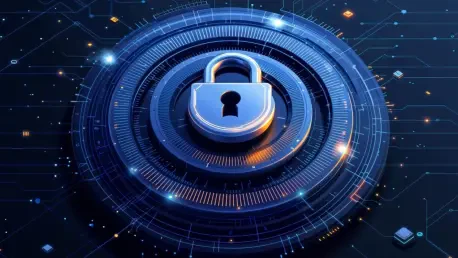
In a significant move to address the rising tide of cyber threats in the Asia-Pacific (APAC) region, Logicalis has launched Cisco Extended Detection and Response (XDR) as a Global Managed Service (MXDR). This innovative solution is poised to markedly enhance cybersecurity capabilities across APAC,
ITCurated uses cookies to personalize your experience on our website. By continuing to use this site, you agree to our Cookie Policy